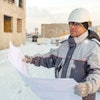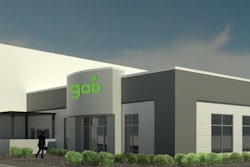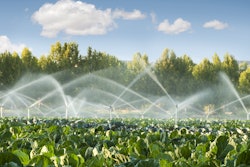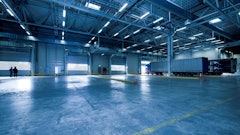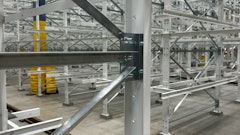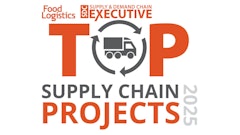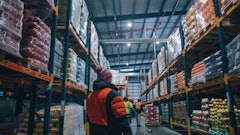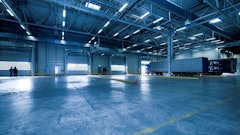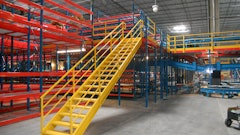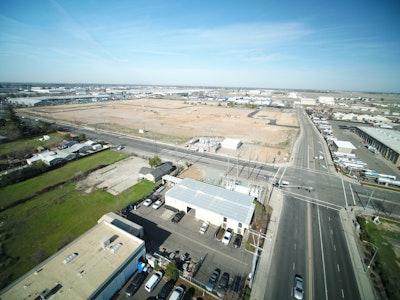
Congratulations, you are considering purchasing land for your future process or distribution facility. Site selection is the first major – and most critical – decision you will make about your building project.
Consider every factor when looking at different sites, so you can compare options critically. These key requirements should be outlined and made available to the real estate broker, so they can help narrow down the site search and provide only qualifying site options.
1. Due diligence. Due diligence is a broad term that business and real estate attorneys and professionals use, but is often misunderstood by clients. Typically the term is used to refer to the inspection and investigation of real property, personal property or a business entity conducted before a buyer makes the final decision to purchase. There are many factors that must be considered prior to the purchase of property such as obtaining a Phase One Environmental Assessment, determining if there are any Environmental Operating Permits, Wetlands or regulations pertaining to Flood Zones. As well, an investigation must be conducted to determine if any endangered species reside on the site that may limit its use or, if there is an airport nearby, the FAA may have height and use restrictions.
2. Location. Is there ready access to major highways leading to the site, and how do these interact with other major highways? Like two different sites, but can’t decide which one is better? Perform an analysis on freight/delivery costs to realize savings. Also, if delivery from the site is done on a daily basis, knowing the range of company drivers is critical to avoid having to double up on operators. Workforce availability should also be considered.
3. Site size. When evaluating a site for size suitability, examine the ability of the site to fit the facility at full build out. Have your architect design a complete masterplan for the site, so any future expansion is thought out and done with reason. This involves more than just drawing boxes that represent future expansions. It should include production/storage space, mechanical room expansion, office growth and truck yard, including maneuvering room. The location of the building on the site and its ability to grow in a balanced nature will have longstanding operational and financial ramifications for the facility and the company. Also, consider municipal restrictions that limit site development. This percentage or ratio of the size of the building to the land on which it resides is called the "land-to-building ratio.” The building can get no bigger than the allowable land to building ratio. Know this restriction prior to purchase.
4. Access. Easy entry and exit from the interstate highways will make life easier and provide added incentive to choose the right facility. Check right- and left-turn access, curb-cut locations (existing and potential), traffic islands, turn lanes, medians and other traffic impediments leading into the development. Also visit the site during busy traffic times to see if nearby traffic control devices cause backups that would inconvenience clients. Also consider if crossing a rail line, the potential for blockages caused either by shunting railroad cars or worse, derailment. Both issues can severely affect the desired access to the site.
5. Topography and sub-surface conditions. Look at the overall lay of the land; check for extreme slopes or depressions that could make development difficult or more expensive. Remember, moving a lot of dirt around is costly. And, even a flat site can be difficult if it has no natural drainage for storm water. As your interest in the property increases, be sure to perform a geotechnical analysis of the site to determine any sub-surface conditions that may make building more expensive to construct. This should be performed by a geotechnical engineering company contracted by you. Don’t rely on any report supplied by the current owner of the property.
6. Know the municipality. Meet with zoning and development regulators to determine the long-term future plans of the surrounding areas. Building in an area near residential developments will have long-term ramifications on the operation and expansion capabilities.
7. Amenities. Verify that the site has required improvements, such as electrical, sewer, water, telephone, gas and other amenities such as sidewalks, hydrants, regional stormwater detention, et al. It is important however to verify the capacity of each, so the building operation can be supported now and in the future. This is particularly true of water and sewer. Water tanks and wastewater treatment plants are expensive add-ons to make the building work. Otherwise, the building owner will need to supplement. In the case of food processing and distribution, refrigeration systems consume large quantities of water, and some municipalities, especially in the West, cannot guarantee water requirements needed for operation.
None of the items listed above come without a cost or time investment. Be prepared to spend some money up front to safeguard the decision and help you select the best piece of property for the company’s future.




